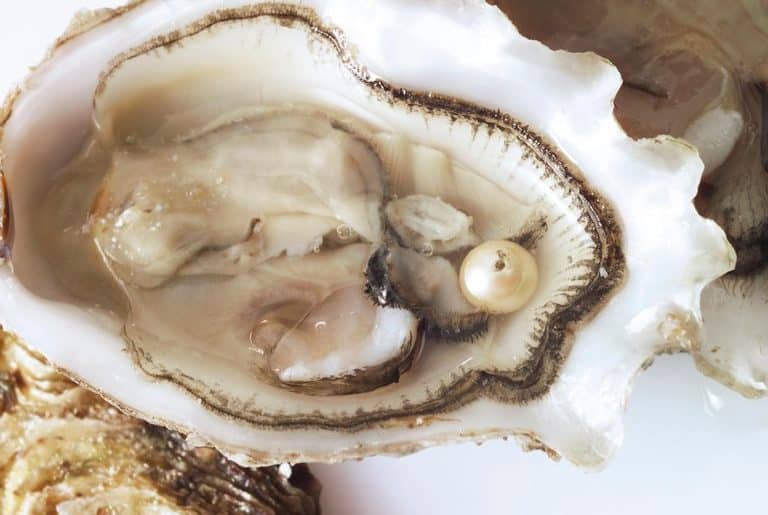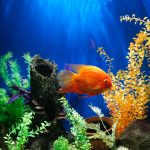Pearls have been adored for thousands of years around the world for their beauty, elegance, and rarity. They serve as a symbol of sophistication, luxury, and refinement. In ancient civilizations, pearls symbolized light, love, healing, femininity, and perfection.
Pearls have also been used to create enchanting jewelry pieces for centuries, often passed down from generation to generation.

Because of their rarity and difficulty in harvesting, pearls have become one of the most sought-after and expensive gems.
But have you ever wondered how pearls are formed? If so, you’ve come to the right place.
Today, we’ll delve into the fascinating process of how oysters create pearls. Read on to learn more!
First, let’s talk about which species can create pearls.
Saltwater or freshwater mollusks, such as oysters, mussels, marine snails, clams, conchs, abalones, and gastropods, form pearls.
Most pearls are made from oysters and can be made in freshwater or saltwater environments. It can also be formed naturally and commercially.

Natural pearls are made by wild oysters at sea without human assistance and are harvested directly from the ocean’s waters.
On the other hand, cultured pearls are genuine pearls formed by an oyster or mollusk with human assistance in pearl farms.
Now, how are pearls made? To better understand how oysters make pearls, you must first understand an oyster’s anatomy.
Oysters are a type of mollusk known as bivalves because they have two shells or valves. An elastic ligament holds the shell’s valves together. It also keeps the valves open so the oyster can eat.

Each shell has a protective fine fleshy tissue layer surrounding the oyster’s body. This protective layer, also called the mantle, surrounds the oyster’s vital organs. It also forms the oyster shell as the mollusk grows and filters the flow of water and nutrients.
The mantle has glands that secrete calcium carbonate and an organic protein that forms the shell together.
The formation of a pearl happens when irritants, such as a scale, fragment of shell, or parasites, enter the oyster’s shell and become lodged.
Contrary to popular belief, grains of sand that enter an oyster’s shell do not form pearls.
Think of this process as the oyster’s natural defense against irritants. The foreign substance irritates the mantle, causing the oysters to secrete a smooth crystalline substance called nacre.

Nacre, also known as mother-of-pearl, coats the irritant that entered the shell and protects the oyster from it. As the nacre continues to surround the irritant with multiple layers, it slowly builds up to form a pearl. Over time, a natural pearl is created.
Did you know that some pearls can develop in about six months? However, some pearls, especially larger ones, may take about 2 to 7 years.
The process of forming cultured pearls is similar to natural pearls, but it requires human assistance from pearl harvesters.
One method is that the harvester carefully opens the oyster shell and makes a small slit in the mantle tissue. The harvester then inserts small irritants under the mantle. This triggers the formation of a nacre around the irritant, which forms the pearl.

Another method involves a surgical technique called grafting. It is where an artificial nucleus (pearl shell fragment) is implanted into the tissue of a pearl oyster.
The oyster then secretes nacre around the nucleus, gradually forming a pearl. The process takes several years of careful care for the oysters before the cultured pearls can be harvested.







